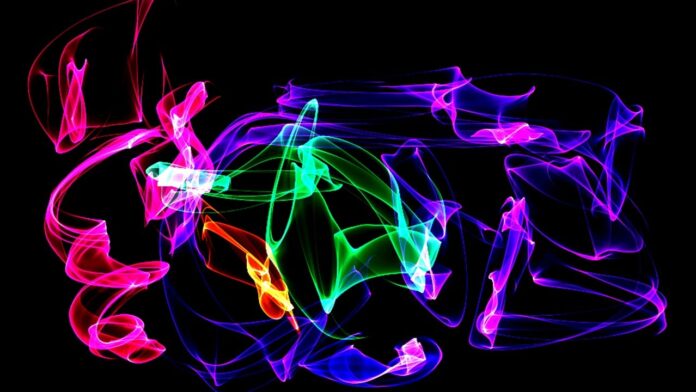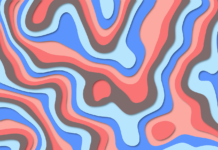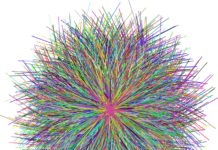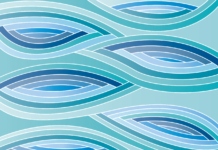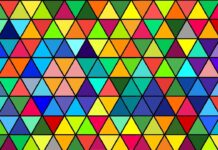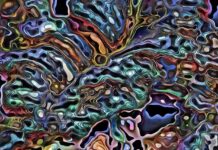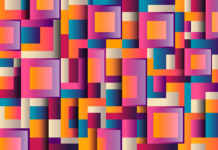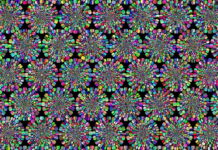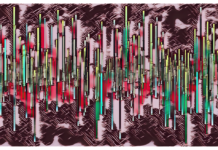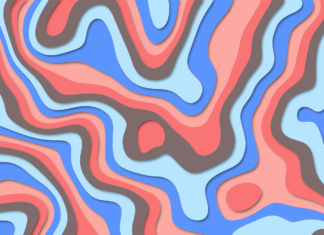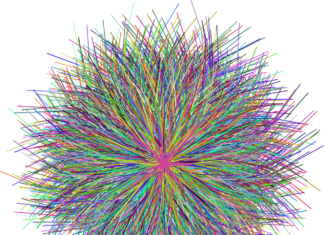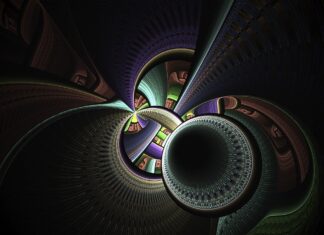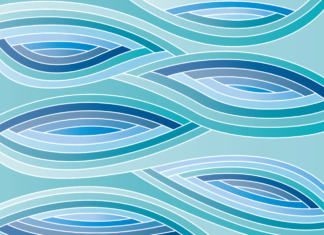Blenderkit is a comprehensive online asset library and add-on for Blender, a popular open-source 3D creation software. It provides Blender users with a vast collection of materials, textures, models, and other assets to streamline their workflow and enhance the quality of their projects. Here’s a detailed overview covering its features, advantages, limitations, and impact on the Blender community.
1. Asset Library
Blenderkit offers a diverse and extensive library of 3D assets, including materials, textures, models, brushes, and HDRIs (High Dynamic Range Images). Users can access this library directly within Blender’s interface, making it convenient to browse, search, and download assets for their projects. The library is regularly updated with new assets contributed by artists and creators from around the world.
2. Integration with Blender
One of Blenderkit’s key strengths is its seamless integration with Blender. The Blenderkit add-on integrates directly into Blender’s user interface, allowing users to access the asset library without leaving the software. This tight integration enhances workflow efficiency, as users can browse, preview, and import assets directly into their Blender projects with just a few clicks.
3. Material and Texture Generation
Blenderkit includes powerful tools for material and texture generation, enabling users to create realistic and visually stunning 3D scenes. The library offers a wide range of pre-made materials and textures, as well as tools for procedural texture generation and material customization. Users can easily tweak parameters and adjust settings to achieve the desired look and feel for their objects and environments.
4. Asset Customization
In addition to pre-made assets, Blenderkit provides options for asset customization and modification. Users can adjust the scale, rotation, and other properties of imported models to fit their specific needs. Furthermore, Blenderkit’s integration with Blender’s node-based material editor allows for advanced customization of materials and textures, giving users greater control over the appearance of their scenes.
5. Community Collaboration
Blenderkit fosters a sense of community collaboration by allowing artists and creators to contribute their own assets to the library. Users can submit their creations, such as materials, models, or textures, to be included in the Blenderkit library for other users to access and use in their projects. This collaborative approach promotes the sharing of knowledge, resources, and creative ideas within the Blender community.
6. License Management
To ensure legal compliance and respect copyright protections, Blenderkit includes features for license management and attribution. Users can filter assets based on their licensing terms, such as Creative Commons or royalty-free licenses, to find assets that meet their specific requirements. Additionally, Blenderkit provides tools for automatically adding proper attribution to imported assets, helping users adhere to licensing agreements and give credit to original creators.
7. Performance and Reliability
Blenderkit is designed to deliver high performance and reliability, even when handling large and complex 3D scenes. The add-on is optimized for speed and efficiency, minimizing loading times and resource consumption. Furthermore, Blenderkit’s cloud-based architecture ensures reliable access to the asset library, with robust infrastructure capable of handling a large volume of requests from users around the world.
8. Subscription Model
Blenderkit operates on a subscription-based model, offering both free and paid membership options. Free users have access to a limited selection of assets and features, while paid subscribers enjoy additional benefits such as access to premium assets, higher download quotas, and priority support. The subscription revenue helps sustain Blenderkit’s ongoing development and maintenance, ensuring continued access to high-quality assets and features for Blender users.
9. Cross-Platform Compatibility
Blenderkit is compatible with multiple operating systems, including Windows, macOS, and Linux, making it accessible to users regardless of their preferred platform. The add-on seamlessly integrates into Blender’s interface across different operating systems, providing a consistent user experience and workflow regardless of the user’s setup.
10. Educational Resources
In addition to its asset library and add-on, Blenderkit offers educational resources and tutorials to help users make the most of its features. These resources cover topics such as asset management, material creation, texture mapping, and advanced rendering techniques, providing valuable insights and guidance for users looking to enhance their skills and proficiency in Blender.
Blenderkit is a powerful and versatile tool for Blender users, offering access to a vast library of assets, seamless integration with Blender’s interface, and robust features for asset customization and management. Its community-driven approach, performance optimizations, subscription model, cross-platform compatibility, and educational resources make it a valuable asset for artists, designers, and creators working in 3D. As Blenderkit continues to evolve and expand its offerings, it remains a key player in the Blender ecosystem, empowering users to bring their creative visions to life with ease and efficiency.
Blenderkit stands as a pivotal resource within the Blender ecosystem, offering an array of features designed to streamline workflows and elevate the quality of 3D projects. Its seamless integration with Blender’s interface ensures that users can effortlessly access the vast asset library without interrupting their creative process, fostering efficiency and productivity. The availability of diverse assets, including materials, textures, models, and HDRIs, caters to a wide range of artistic needs and project requirements, empowering users to bring their creative visions to life with precision and authenticity.
The asset customization capabilities provided by Blenderkit enable users to tailor imported assets to suit their specific project requirements, whether it involves adjusting parameters, modifying properties, or fine-tuning materials and textures. This flexibility and control empower users to achieve the desired look and feel for their scenes, enhancing their creative expression and enabling them to realize their artistic vision with precision. Additionally, Blenderkit’s commitment to community collaboration fosters a culture of sharing and mutual support within the Blender community, enabling artists and creators to contribute their own assets and benefit from the collective expertise and creativity of their peers.
The subscription-based model adopted by Blenderkit ensures sustainable development and maintenance of the platform, enabling continued access to high-quality assets, features, and support for users. This model also provides users with the flexibility to choose a membership plan that best suits their needs and budget, whether it involves accessing a limited selection of free assets or unlocking premium features and content through a paid subscription. Furthermore, Blenderkit’s commitment to legal compliance and proper attribution ensures that users can navigate licensing requirements with ease, while also respecting the rights and contributions of original creators.
Blenderkit’s cross-platform compatibility ensures that users can seamlessly integrate the add-on into their workflow regardless of their preferred operating system, promoting accessibility and inclusivity within the Blender community. Whether users are working on Windows, macOS, or Linux, Blenderkit offers a consistent and reliable experience, enabling users to focus on their creative endeavors without being hindered by technical limitations or compatibility issues. Moreover, Blenderkit’s dedication to providing educational resources and tutorials empowers users to expand their skills and knowledge, enabling them to unlock the full potential of the platform and maximize their creative output.
In conclusion, Blenderkit stands as an indispensable tool for Blender users, offering a wealth of assets, features, and resources to support their creative endeavors. Its seamless integration with Blender, asset customization capabilities, community-driven approach, subscription-based model, cross-platform compatibility, and educational resources make it a valuable asset for artists, designers, and creators working in 3D. As Blenderkit continues to evolve and grow, it remains poised to play a pivotal role in shaping the future of 3D content creation within the Blender community and beyond.


